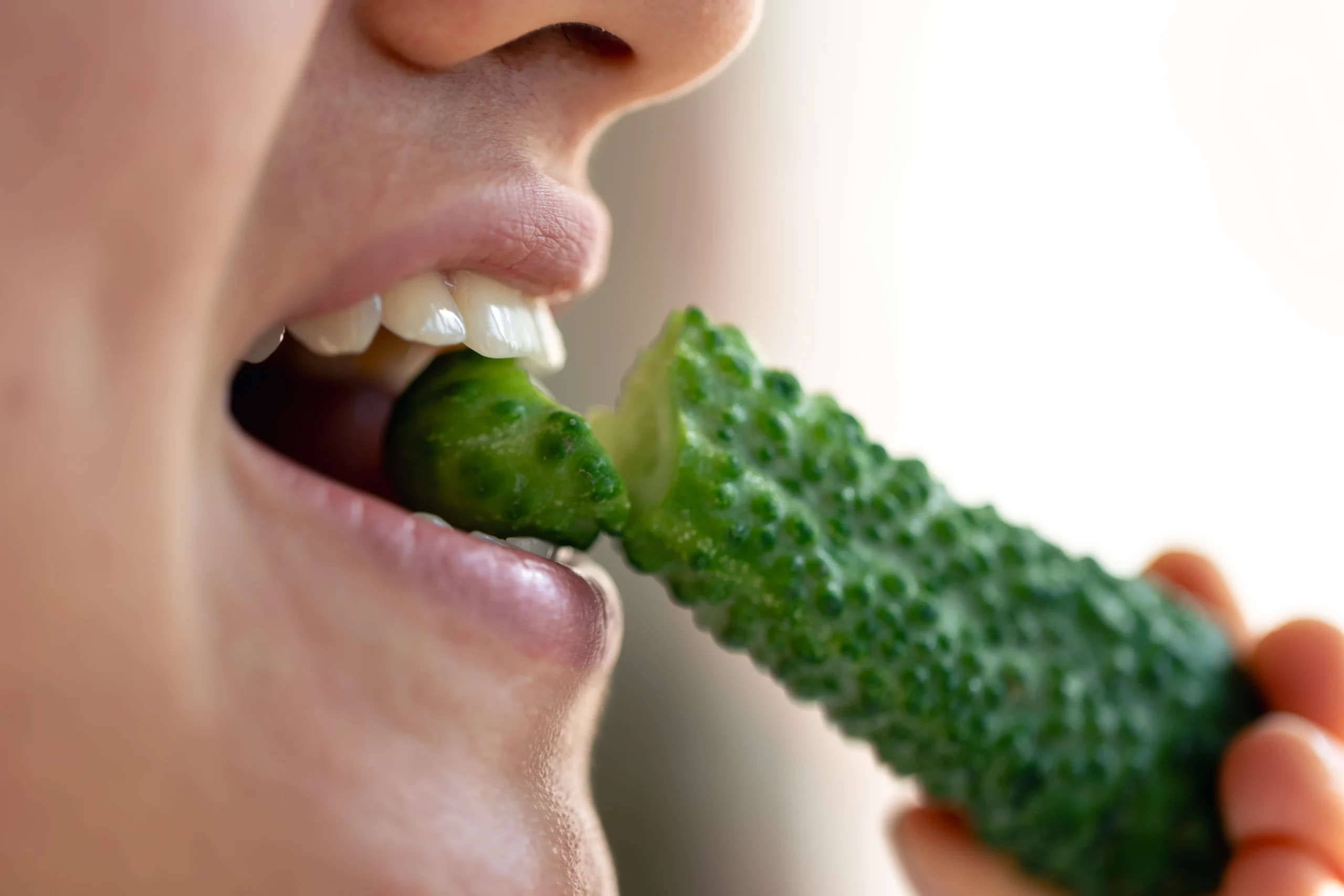Can You Eat Crocs? A Detailed Look at the Materials and Myth
Wait… People Actually Ask If You Can Eat Crocs?
You’ve likely stumbled across some pretty bizarre questions online. But nothing quite tops this one: Can you eat Crocs? Maybe you saw it in a survival forum, a weird TikTok, or a campfire story about boiling boots. It might sound like a joke, but it sparks real curiosity. What are these shoes made of? Could they be edible in extreme circumstances? And why are people even asking this?
If you’ve ever found yourself wondering whether that comfy, squishy shoe on your foot could double as dinner in a desperate scenario, you’re not alone. Let’s peel back the mystery and get to the truth behind one of the internet’s strangest questions.
Table of Contents
What Are Crocs Made Of? Understanding the Ingredients of Your Footwear
Croslite™ – The Secret Ingredient
Before you even entertain the idea of taking a bite out of your footwear, it helps to know what you’re dealing with. Crocs aren’t made from traditional rubber or plastic. Instead, they use a proprietary material known as Croslite™.
Here’s what you need to know:
- Croslite is a closed-cell resin, not rubber or standard plastic.
- It falls into the category of EVA foam (Ethylene-Vinyl Acetate).
- It’s lightweight, soft, and known for comfort and shock absorption.
- It’s designed to resist odors and bacteria.
So, technically, it’s not a conventional plastic—but it’s also not food.
Is Croslite Toxic or Non-Toxic?
You’re probably thinking: “Okay, it may not be food, but is it dangerous to ingest?”
- Croslite is non-toxic for skin contact, which is why you can wear Crocs without issues.
- It’s not classified as food-safe or digestible.
- It’s safe to wear, but eating it? That’s another story.
🔍 Sources to reference: Crocs’ official materials page and third-party material safety data sheets (MSDS).
Can You Eat a Croc Shoe? The Truth Behind the Question
Viral Claims and Urban Legends
This odd question didn’t just come from nowhere. Internet culture thrives on exaggeration, and over the years, claims have circulated:
- Survival stories about soldiers boiling leather boots.
- TikTok challenges showing users boiling Crocs in soup pots.
- “Extreme survivalist” videos claiming anything is edible if you’re desperate enough.
But let’s get one thing straight: while people may attempt stunts, the science says otherwise.
What Happens If You Actually Eat One?
If, for some strange reason, you tried chewing or swallowing Croslite:
- No digestion occurs. It would pass through your body, likely unchanged.
- Choking hazard is real, especially with larger pieces.
- Could cause intestinal blockage, requiring medical intervention.
- Absolutely no nutritional value.
Survivalist Scenarios: What’s Actually Edible?
In real survival situations, certain things are edible—but Crocs aren’t one of them. Instead, consider:
- Bark from trees (like pine bark)
- Insects (rich in protein)
- Edible plants like cattails and dandelions
Can You Cook With Crocs? Experimental or Dangerous?
Internet Experiments and “Boiling a Croc”
Content creators love pushing boundaries. Some have gone viral by attempting to cook Crocs:
- Boiled in soup
- Roasted over flames
- Sliced like steak
But what actually happens?
- The Crocs melt and deform.
- They release a strong chemical odor.
- You risk inhaling potentially harmful fumes.
Chemical Breakdown When Heated
Croslite isn’t heat-resistant in the way kitchen-safe plastics or silicone are. When exposed to high temperatures:
- It softens, then liquefies
- Releases volatile organic compounds (VOCs)
- Emits plastic-like smoke
Comparison Table: Cooking Materials vs. Crocs
| Material | Safe for Cooking? | Common Uses | Notes |
|---|---|---|---|
| Stainless Steel | ✅ Yes | Pots, pans | Durable and non-reactive |
| Food-grade Silicone | ✅ Yes | Baking trays, molds | Heat resistant and safe |
| Croslite (Crocs) | ❌ No | Footwear | Not food-grade, emits toxic fumes |
Is Croslite Biodegradable or Eco-Friendly?
Environmental Impact of Croslite
Another angle to consider is the environmental side:
- Croslite isn’t biodegradable
- Crocs can take decades to break down in landfills
- They release microplastics as they degrade
However, Crocs has recently announced:
- A closed-loop recycling program
- Commitment to net-zero emissions by 2030
What Happens to a Croc Over Time?
- Breaks into smaller pieces
- May end up in waterways
- Can harm wildlife if mistaken for food
Could You Make a Croc-Inspired Recipe?
Alright, let’s switch gears. Maybe you don’t actually want to eat a Croc, but you’re into novelty snacks. Here’s how to make a Croc-inspired edible that won’t send you to the ER.
Recipe: Edible Croc Gummies
Want a fun, safe way to prank your friends or serve something unique at a party? Try this easy gummy recipe.
Ingredients Table:
| Ingredient | Quantity |
| Unflavored gelatin | 3 tbsp |
| Fruit juice (any) | 1 cup |
| Honey or sweetener | 2 tbsp |
| Croc-shaped silicone mold | 1 |
Directions:
- Warm the fruit juice over low heat.
- Slowly stir in the gelatin until fully dissolved.
- Add honey or sweetener.
- Pour into Croc-shaped mold.
- Refrigerate for 2–3 hours.
Result? Gummy treats that look like Crocs but are perfectly edible.
FAQ: Can You Eat Crocs? Everything You’re Wondering
Are Crocs edible in a survival situation?
No. They’re made of Croslite, a non-digestible material.
Is Croslite toxic if boiled?
Yes. Heating can release harmful chemicals.
Can pets chew or eat Crocs safely?
Absolutely not. They can choke or suffer from digestive blockages.
Has anyone actually eaten a Croc?
There are viral videos, but no medically safe cases. Don’t try it.
Conclusion: Just Because You Can, Doesn’t Mean You Should
The question “can you eat Crocs?” might sound funny, but it highlights something serious: curiosity shouldn’t compromise safety. Crocs are made for comfort, not consumption. They’re built from a synthetic foam that may be safe on your feet, but not in your stomach. Sure, the internet loves a good stunt, but your health is worth more than a viral moment.
Instead, why not have fun with Croc-inspired snacks like gummies? Get creative without the risk. And if you’re really into sustainability and survivalism, focus on real edible options that are safe and nutritious.
Your Turn: What Strange Questions Have You Googled Lately?
We bet you’ve come across other bizarre topics that made you stop and think. Share them in the comments or on social media. Who knows? Your question might inspire our next deep dive!
Stay curious. Stay safe. And please—don’t eat your shoes.
Did you benefit anything?
There are no reviews yet. Be the first one to write one.

